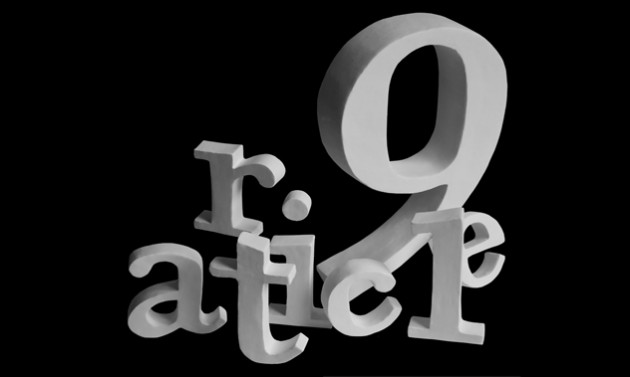
[B]eing fairly apolitical and fun-loving, I would fall asleep before finishing reading the first paragraph of Japan’s Constitution. Reading such a dry and formal document can be a real drag to people like me. But there are movies to boost our understanding. These films certainly keep us awake with their visuals and background music, even with legislation as the central theme.
Among films in this genre, which tend to be dry documentaries, Nihon no Aozora (The Blue Sky of Japan) stands out, as this movie is made as a drama. Director Osawa Yutaka expressed, at a premiere in Tokyo in March, his hope that the movie would appeal to younger generations, many of whom would normally pay little attention to the subject.
The film features the late Suzuki Yasuzo, a legal scholar and a key member of a post-war civil group that drafted a set of constitutional articles and proposed it to the General Headquarters of the Allied Forces (GHQ). The movie script is based on the theory that the GHQ evaluated the civic proposal highly, and referred frequently to it while drawing up its own draft. The filmmakers believe that this theory can counter a pro-amendment argument that the occupational forces coerced Japan while it drafted the Constitution.
English learners may find one particular scene interesting, which depicts a tug-of-war between the Japanese government and the GHQ over wording of a draft the former submitted. In the scene, GHQ officials, with much help from competent translators, interrogate their Japanese counterparts on why they chose to use or not use certain Japanese words in their draft, and reveal their unwillingness to accept democratic ideas.
The film, starring Takahashi Kazuya, Fujitani Miki and Kato Go, is screened on a voluntary basis.
Scholar Suzuki and his group remain surprisingly obscure, considering their contribution to Japanese history. While this fact makes Nihon no Aozora significant, it is not that they had been totally forgotten. Sociologist Hidaka Rokuro touches on the civil group in the film Nihonkoku Kenpo (The Constitution of Japan).
In this documentary, Hidaka points out similarities between the completed Constitution and the draft by Suzuki’s group, and argues that the GHQ must have closely studied the draft. Hidaka is one of several people interviewed in the film, which attempts to show implications of potential Constitutional amendments, by introducing the opinions of intellectuals from around the world. The other interviewees include U.S. historian John Dower, Syrian pro-democracy leader Michel Kilo and Chinese novelist Ban Zhongyi.
The 2005 film is available in DVD. A book, including the script and full-length transcripts of the interviews, is also available.
Beate Sirota Gordon, who appears in the film to talk about her achievements as a member of the GHQ’s team that drafted the Constitution, is featured in a 2004 documentary film Beate no Okurimono (The Gift From Beate). Gordon, depicted also in Nihon no Aozora, contributed to Article 24 that prescribes the equality of the sexes. Born in Vienna, she came to Japan in 1929 when her pianist father took a teaching post here. She left for a U.S. college before the war, while her parents remained.
We learn from the movie that her involvement in the team — fortunate for women in Japan — was almost by accident, as she had sought a job as a U.S. civilian employee to return to an occupied Japan, since it was the only way she could be reunited with her family. Reminiscing, Gordon confesses she never expected she would participate in the drafting of the Constitution.
What intrigued me most in the film is Gordon’s recollection that Japanese officials in those days tried to reject sexual equality, just as intensely as they opposed changes to the imperial system.
Beate no Okurimono is screened on a noncommercial basis.
Another documentary film is Senso wo Shinai Kuni Nippon (2006), which reviews pre- and postwar historical incidents from the pro-Article 9 standpoint.
